
Just picked up a new hobby as a home barista?
We are pretty sure you are very excited right now, researching on the latest coffee machines on the market. However, even you have the best home coffee machine or the best coffee beans in Singapore, making a good cup of coffee isn’t as simple as you think.
Thankfully, here are 5 coffee brewing tips from our master barista that will definitely tone your skills as a home barista.
1. Buy Whole Coffee Beans
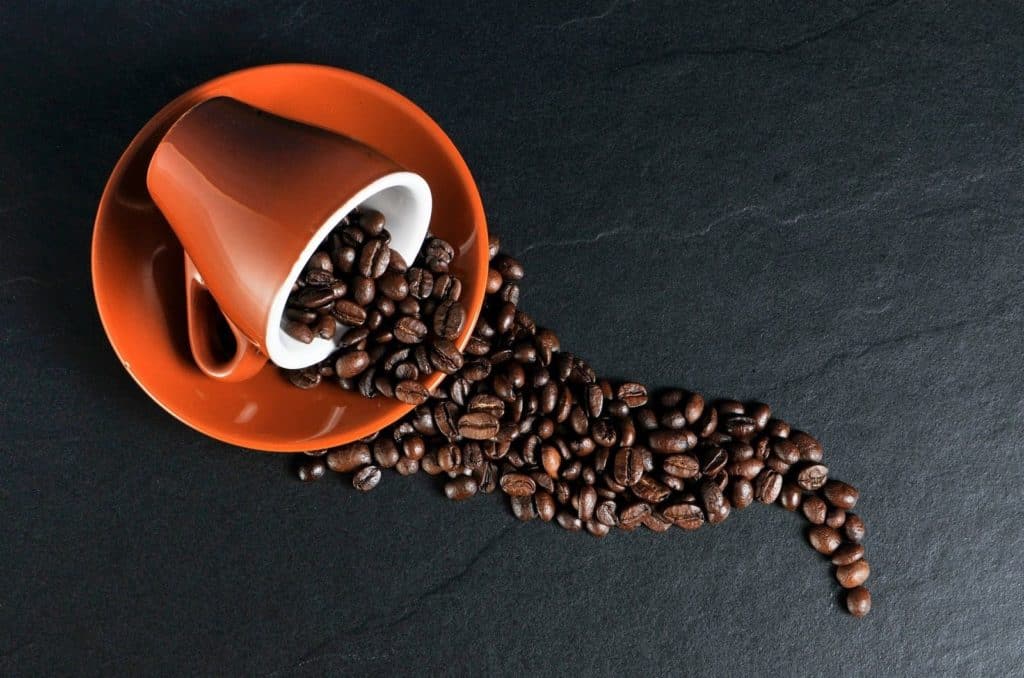
No matter how good the packaging is, stale ground coffee lacks flavor.
The first thing you should be doing to improve your cuppa is to use whole coffee beans and grind the amount you need right before you brew your coffee.
Different type of roast have different flavor notes. When coffee beans are ground, all the complex flavors you get from the coffee bean oil will begin to evaporate. Moreover, due to the exposed larger surface area, the ground coffee will also start to oxidize at a rapid rate.
Within 30 minutes to an hour, the natural flavor of the coffee will be affected which is probably the main reason why we recommend you to grind the beans only when you need to brew your coffee.
Find this Article Useful?
Like our Page to receive notifications on interesting articles such as this.
In freshly ground coffee, you will able to savor a more pronounced flavor with delicate subtle notes. This is something you will never experience from drinking stale ground coffee.
With the same logic, you should not be buying roasted coffee beans in bulk as well.
As much as we wanted our customers to buy more coffee beans from us, we recommend you to buy no more than two weeks of consumption as the peak freshness for roasted coffee beans last only about 2-3 weeks.
2. Use a Measuring Scale
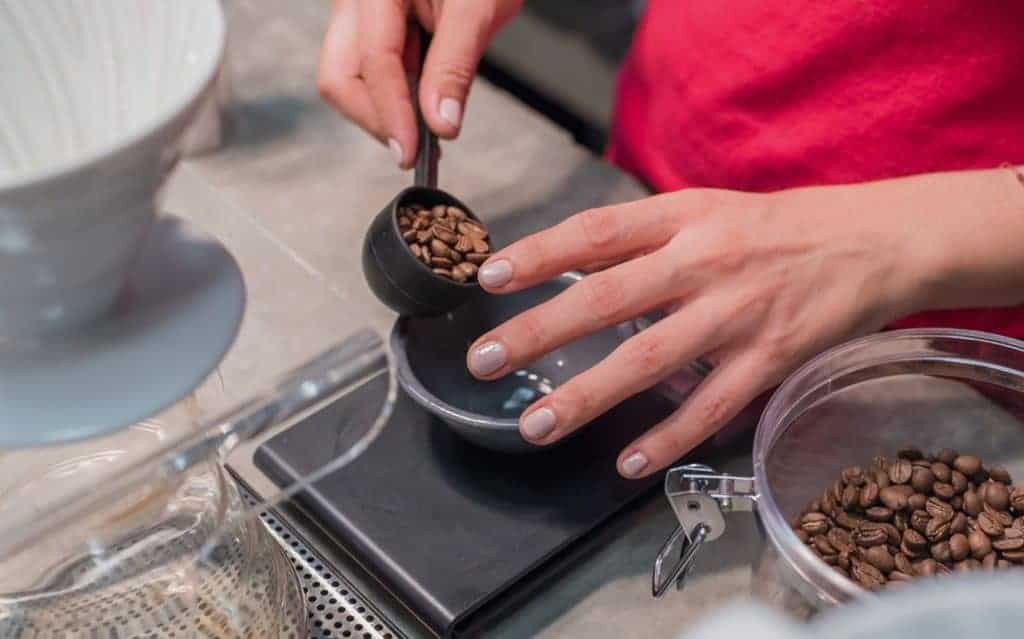
If you have been observing how baristas prepare your coffee, you would have realize that they would measure each serving of ground coffee on a scale before transferring it to the filter.
Using a scale to measure the amount of ground coffee allows baristas to have more control over the flavor of the coffee. Different coffee blends with different roast stage requires different brew ratios to produce the perfect balance between body and subtle complex flavors.
Brew ratio: the relationship between the amount of ground coffee used and the amount of coffee extracted
It really depends on your personal preference. Some prefer a brew ratio of 1:1 for a more satisfying body taste while some prefer 1:2 brew ratio so they can taste its subtle notes. On the whole, most people prefer a brew ratio of 1:1.2 on average for the perfect balance.
That is the beauty of being a home barista, experimenting the perfect shot by playing around with the brew ratio. Having a scale helps you to improvise and replicate the brew ratio for a more consistent taste.
3. Invest in a Good Coffee Grinder
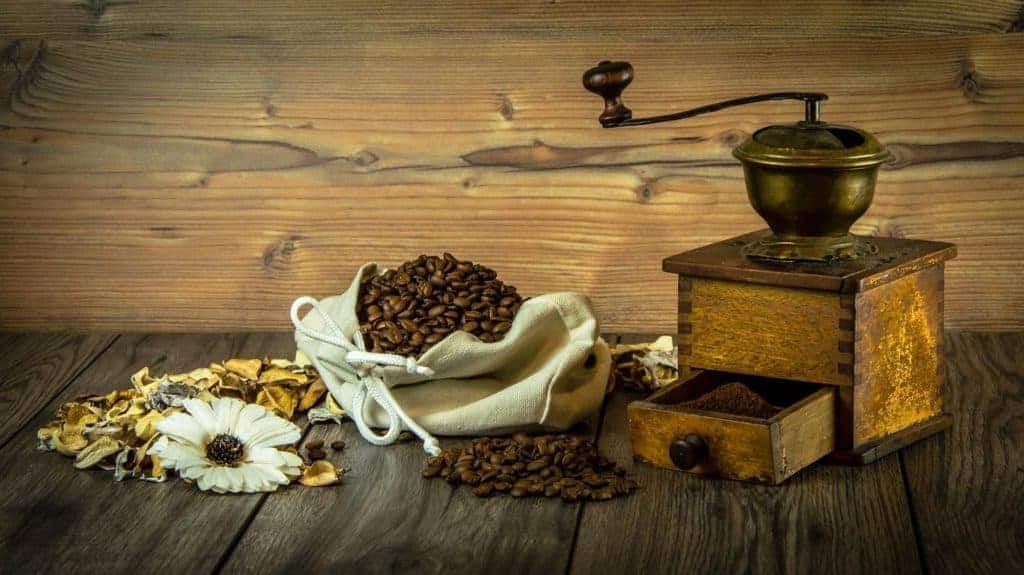
Having a good coffee grinder is often undervalued.
In fact, we think that having a good grinder is probably the most important factor if you want to learn how to make a good cup of coffee. We would rather spend our last dollar to invest in a better grinder than a better espresso machine.
Having a good coffee grinder ensures a consistent grain size for the ground coffee. If you have inconsistent grain size for your ground coffee, it will produce inconsistent and undesirable coffee flavors.
Have you tasted coffee which made your tongue feel dry and itchy? That is the result of having a grain size too fine that results in over-extraction of the coffee. Over extracted coffee tastes extremely bitter with no other flavor notes to balance it.
On the other hand, having a grain size too coarse results in under-extracted coffee. Drinking under extracted coffee is painfully sour and tangy. We tried countless under-extracted sour coffee in sub par cafes which made us squint in pain.
A balanced extraction should produce an rich bodied coffee with pleasant acidic notes and a overall low-noted bitterness to balance out each other.
4. Steam Milk or Brew Coffee First?
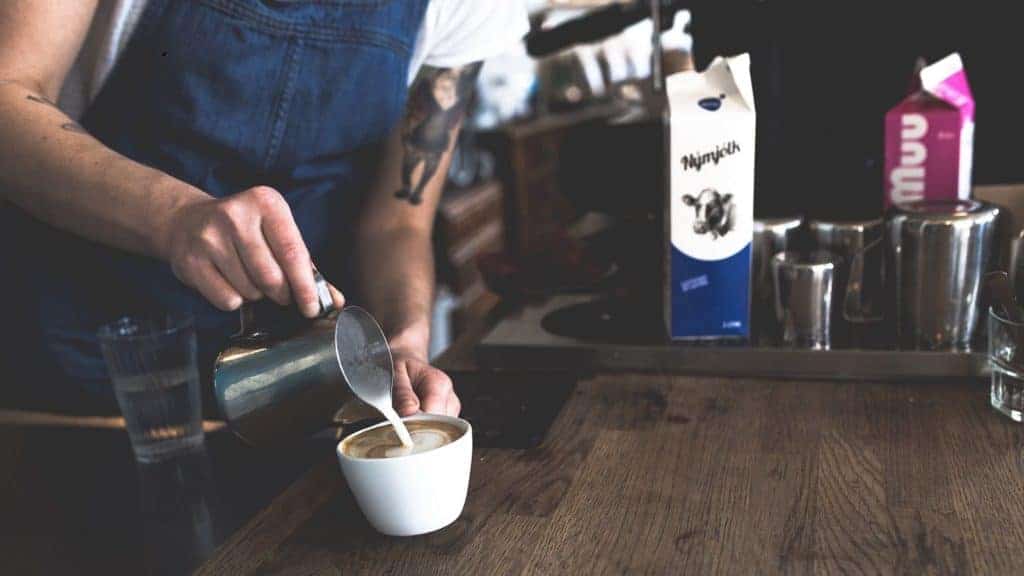
If you love to make your own cappuccino or latte at home, what would you do first?
Would you steam the milk or brew the espresso first?
By and large, we always steam our milk first. Froth of the steamed milk can last more than 30 seconds and you can definitely remix it by swirling the milk pitcher.
However, the crema of the espresso, on the other hand, suffers with every second and there is nothing you can do to slow its degradation. Hence, under normal circumstances, milk should be combined with the espresso moments after the espresso completes.
That is if you are using a double pump espresso machine.
If you are using a single boiler which doubles up for both brewing and steaming, the temperature of the water becomes wildly inconsistent after steaming the milk. It is more difficult to cool the boiler down to an accurate brew temperature than it is to raise it to steam temperature
Hence, we would recommend you to brew your espresso shot first. While it is not ideal to let the crema fade while the boiler generates enough heat for steam temperature, it would be worse to brew your espresso shot with wildly inaccurate water temperature.
5. Using Filtered Water
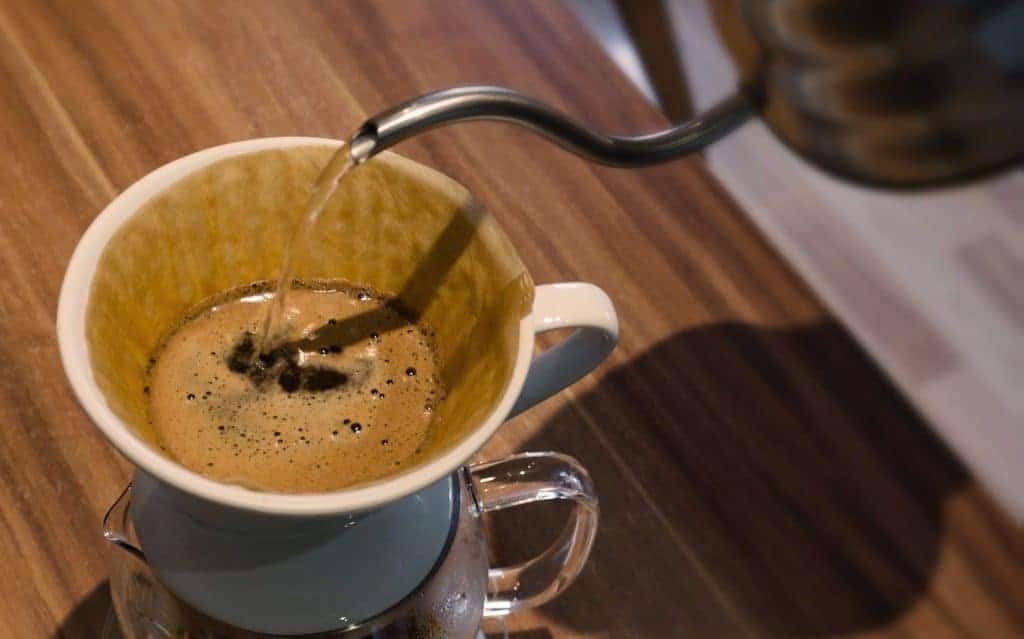
Filtered water makes the best coffee.
Our tap water in Singapore is so clean that you can practically drink from its source. But that doesn’t mean it is perfect for coffee brewing.
Our tap water has been treated with chemicals such as hydrated lime, chlorine, ozone and ammonia to ensure it is safe for drinking but all these chemicals in turn affects the overall taste of the coffee.
Since you already got the best coffee beans, the best grinder and the best coffee machine, we don’t think you should save on getting bottles of filtered water from Cold Storage.
Bonus Tip: Removing Stale Oil Residue

If you noticed the coffee you brew every morning tastes a little different every time, it probably means you have not been cleaning your coffee equipment.
As you might have known, coffee beans have bean oils that create those beautiful complex notes in your cuppa. However, these oily residues can build up over a period of time and become stale, contributing a terrible taste to your daily brew. In addition, the build up of such organic materials encourage the growth of bacteria and mold.
Moments of Thoughts
End of the day, the taste preference of a coffee differs greatly due to the individual. Crema is definitely not a good indicator for a good coffee.
We hope you have learnt some tips over here how to brew the perfect cup of coffee. Is there something we have missed out or you like to know more? Be sure to share with us in the comment section below.
